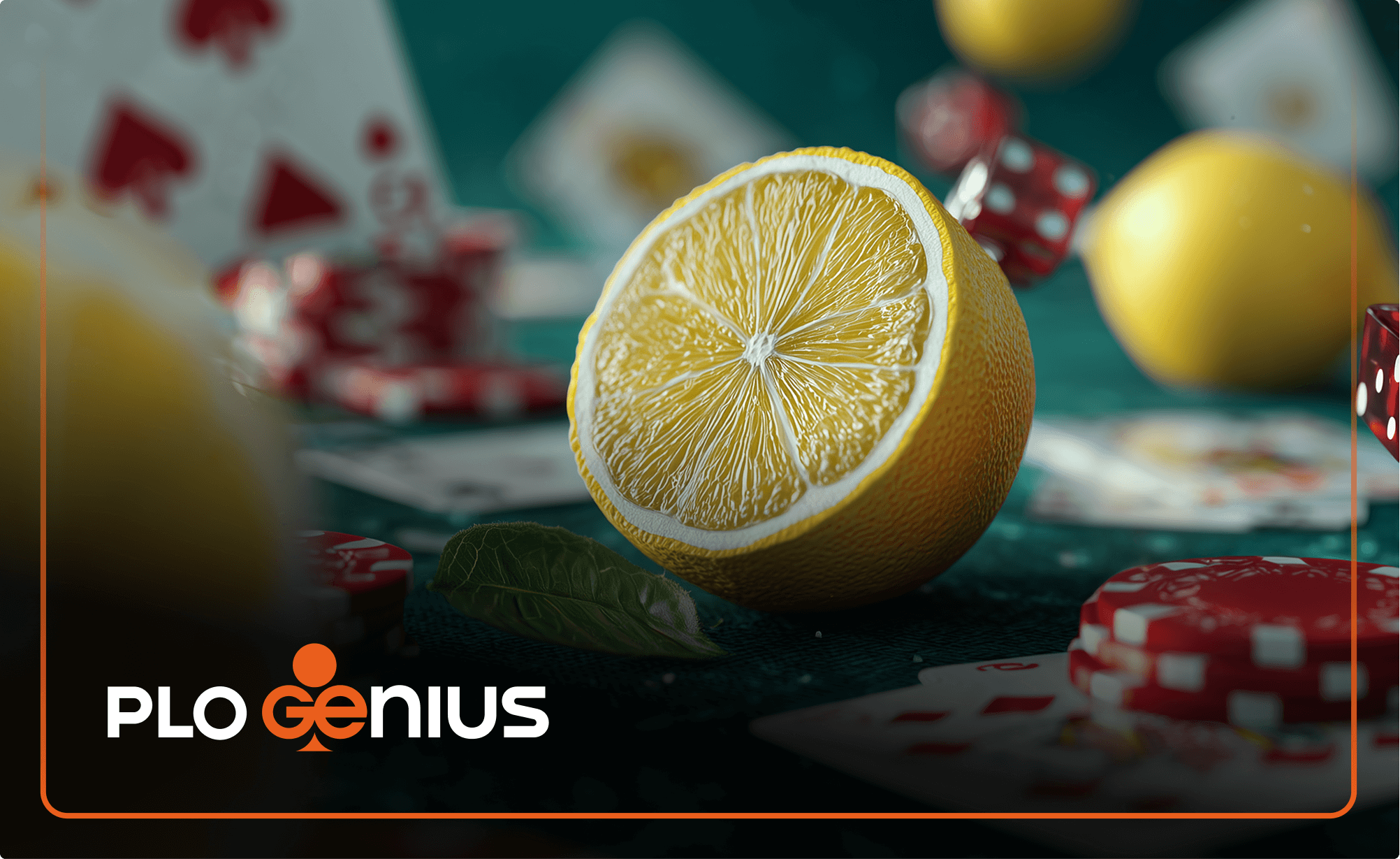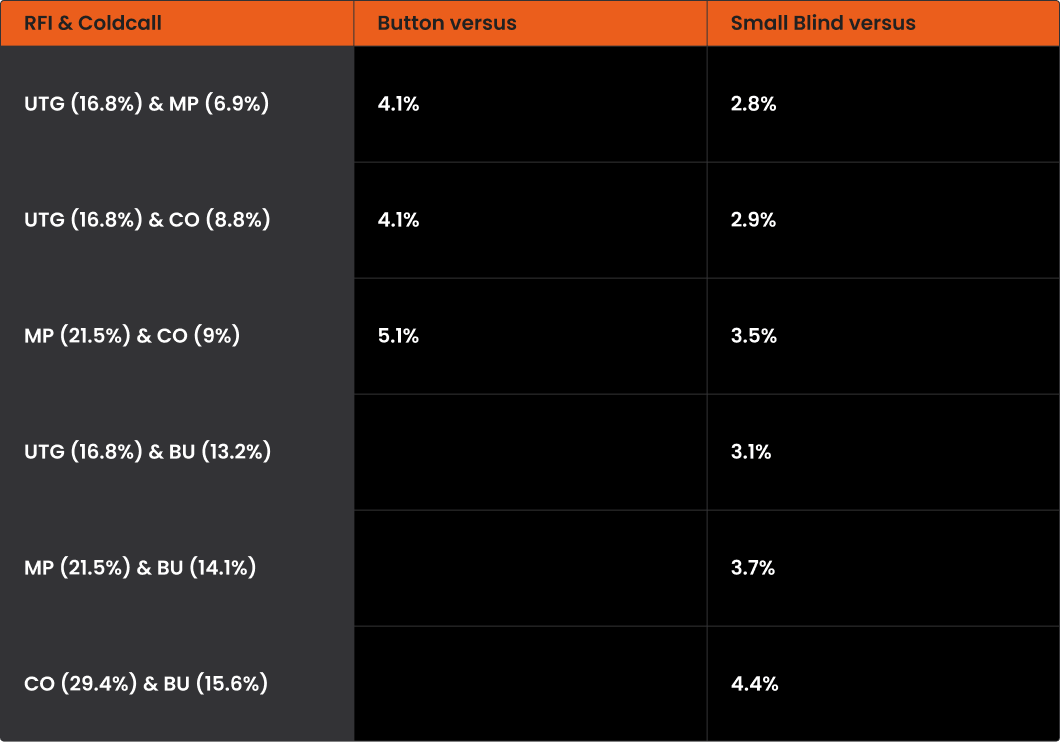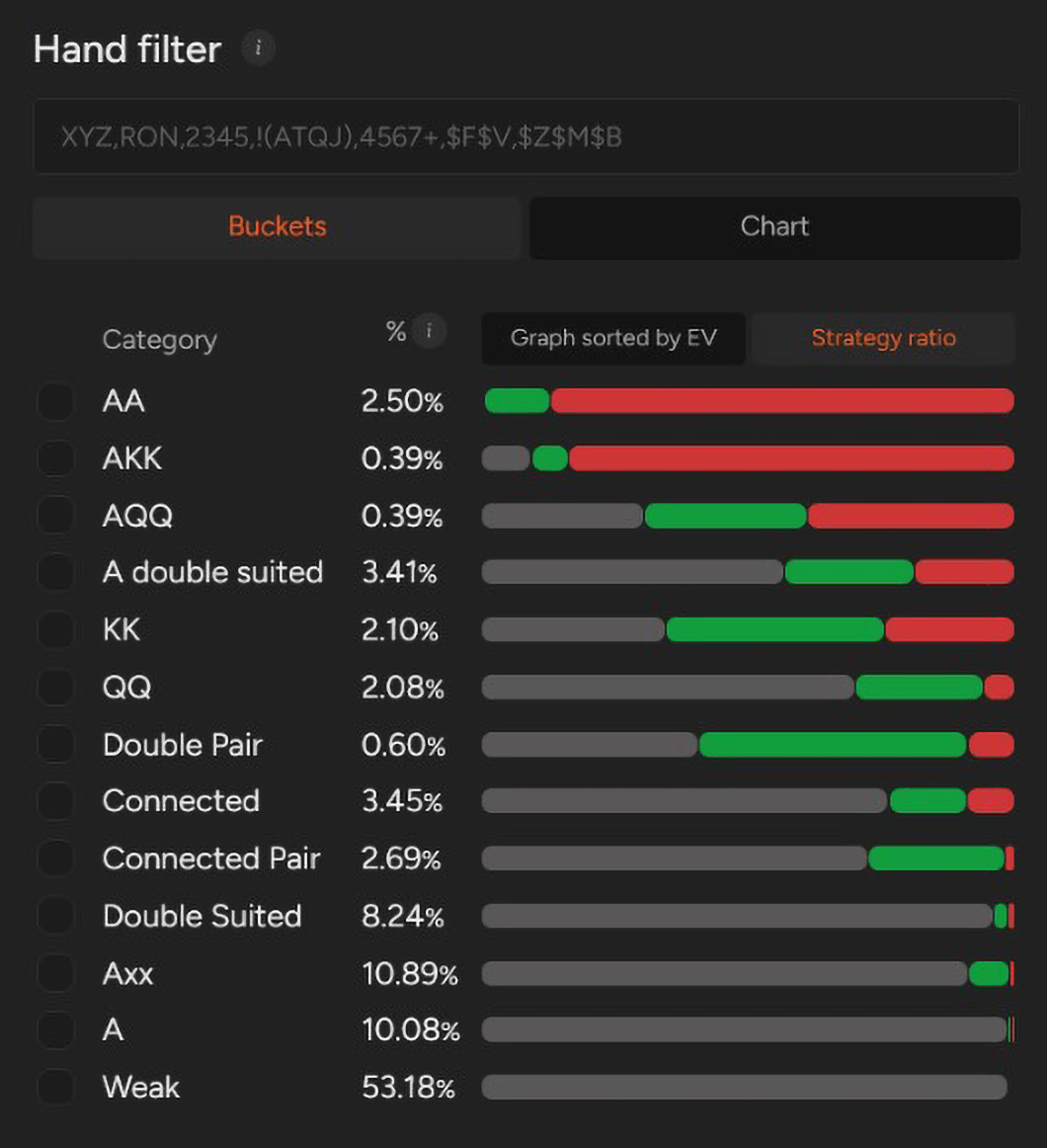Squeezing in PLO
How to squeeze profitably in PLO, in and out of position?

In our recent articles, we’ve covered the fundamentals of 3-betting in PLO - both in position and out of position. But in most low- to mid-stakes Pot-Limit Omaha games, you’ll often face a different scenario: there’s an open-raise, followed by at least one call before the action reaches you. In this case, if you choose to re-raise, your play is referred to as a squeeze rather than a standard 3-bet.
So, what hands should belong in your squeeze range, and how often should you be making this play?
That’s precisely what we’re going to break down in today’s article.
What’s the Logic Behind Squeezing?
The logic behind squeezing in PLO is similar to that of 3-betting - but with even greater emphasis on pressure. Showing aggression against multiple opponents is an explicit signal of hand strength, and when done correctly, squeezing will have a significant positive impact on your win rate. That said, you need to be cautious - especially when out of position - because squeezed pots often end up large, and mistakes in these situations are costly.
What makes squeezing a potent play? There are a few main pros to squeezing:
By squeezing, you force other players to either:
- fold their equity (which is especially valuable when you’re out of position, as playing multiway pots with multiple players left to act is often problematic), or
- put more money into the pot with - most likely - inferior holdings. In that case, you set yourself up to “cooler” your opponent in set-over-set or flush-over-flush scenarios.
Additionally:
- squeezing increases the probability of playing heads-up postflop; HU pots are much simpler to navigate, especially when you hold the betting lead from preflop.
- squeezing allows you to build a bigger pot with your best hands - it doesn’t get any simpler: you want to play the biggest pots with your strongest holdings.
As a bonus, from time to time you’ll win the pot preflop - and that’s never a bad result.
To squeeze profitably, you must do it with well-constructed ranges. If you only squeeze with your very best AAxx hands, you’re leaving money on the table. On the other hand, if you squeeze too frequently, you’ll end up in difficult spots that hurt your win rate.
In the next section, we’ll look at optimal squeeze frequencies for the two most “squeeze-oriented” positions: the Button and the Small Blind — based on solver output from PLO Genius.

As you can see, you have to be selective with the hands you choose to squeeze with - especially out of position, when the widest you can go (against GTO ranges) is 4.4% of hands. Why is that? It’s a result of two variables. The first one is the rake , which heavily limits the amount of hands you can profitably play (just for the context; in the low rake online environment, you can squeeze as much as 6.9% in the Small Blind against the CO open and BU call).
The second factor is complexity; playing out of position in PLO is demanding, so you have to choose your hands carefully and train your postflop awareness. Squeezing most AA combos from the Small Blind works well in theory, as long as you won’t stack off mindlessly without considering the flop structure.
Squeezing Out of Position in PLO
What hand categories perform best as out-of-position squeezes? In this scenario, your range should be heavily value-oriented. The most considerable portion should come from AAxx combos (unless the hand lacks the nut suit -a in which case it often performs better as a call) and the most playable AKKx and AQQx combinations.
Beyond that, you should be squeezing only:
- the strongest double-suited Ace-high hands
- premium rundowns such as JT98 (preferably double-suited)
And that’s essentially it - from the Small Blind, you should stay disciplined and avoid getting creative. Do not include hands that cannot make the nuts postflop.
Keep in mind that OOP squeeze frequency drops even further as stacks get deeper - reaching as low as 2.5% from the Small Blind versus the UTG open and MP call.

Squeezing in position in PLO
The dynamics change significantly when you’re the one in position. From the Button, you can expand your squeeze range to roughly 5% of hands. When we break it down by hand category, it becomes clear that in almost every group, there are specific hands that become profitable squeezes when you have position.
The core strategy remains the same - you should prioritize the same hands that you would squeeze when in the Small Blind. As long as you’re familiar with the SB squeezing range, you can go a few pips wider in almost every hand class.
Your opponents will often be prone to overcalling and under–4-betting against in-position squeezes. This tendency allows you to raise slightly wider than strict GTO would recommend - and still maintain profitability, even if you go a little too far with your hand selection.

Most Importantly: Adjust Accordingly
Squeezing is an essential part of every poker player’s strategy. The “optimal” squeezing frequency will always depend on your opponents’ tendencies and can vary from table to table. The key is to stay disciplined when out of position - you must respect the fact that your opponents will have positional advantage postflop.
At the same time, look to fully exploit your positional advantage when you’re the one in the Button.
If you’re unsure how far you can push your squeeze ranges, use PLO Genius to identify the highest-EV hands and adjust accordingly. Regular study will make squeezing more intuitive and help you find the right balance between value and pressure.
